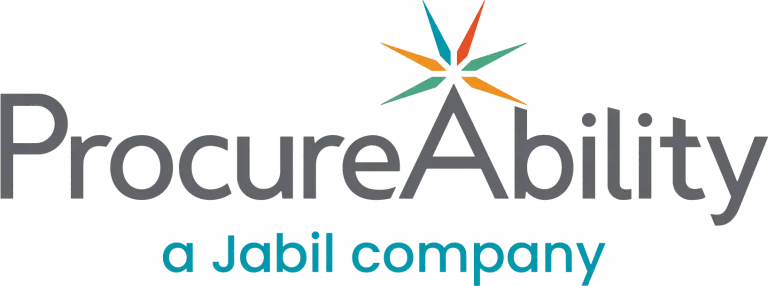
In complex projects—especially in construction, utilities, and other capital-intensive industries—contingency clauses help teams mitigate risk and ensure smooth contract execution. These clauses give both buyers and suppliers a financial buffer to handle uncertainty without derailing timelines, budgets, or relationships.
When applied effectively, contingency clauses strengthen outcomes, improve supplier relationship management, and foster a transparent project environment.
Understanding the Two Types of Contingency Funds
Project-based procurement typically relies on two types of contingency allocations: owner contingency and contractor contingency.
-
Owner contingency reserves a portion of the owner’s budget (often 5–10%) to cover scope changes or unforeseen conditions outside the original bid. This reserve allows the owner to adjust project specifications without launching a full contract renegotiation.
-
Contractor contingency sits within the contractor’s budget to absorb unexpected risks or internal errors—such as miscalculations or minor design oversights—that weren’t evident during the bidding phase.
Both contingencies play distinct yet complementary roles in effective contract risk management. They ensure flexibility depending on where a change or disruption originates.
Common Scenarios That Trigger Contingency Use
Contingency funds deliver the most value when teams define their purpose clearly and apply them intentionally. Typical scenarios include:
Owner contingency often covers:
- Scope changes needed to meet evolving specifications
- Minor force majeure events that disrupt the project
- Schedule delays caused by permit or regulatory approval issues
Contractor contingency may apply to:
- Oversights in the original bid (e.g., missed details or incorrect calculations)
- Owner-requested adjustments not included in the initial scope
- Increases in material or equipment costs during project execution
By anticipating these situations, procurement professionals can design more agile, resilient contracts that support project continuity and limit costly disputes.
Best Practices for Managing Contingency Clauses
To prevent confusion or conflict, procurement and project teams should address contingency clauses early in contract negotiations. Key practices include:
- Define authority and responsibility upfront: Assign clear decision-making rights on when and how to use contingency funds, and ensure alignment across the full project team.
- Align on timing: Establish when contingencies can be released and what documentation or escalation process applies.
- Include shared savings language: Encourage cost discipline by defining how unused contingency funds will be split between the owner and contractor.
- Conduct a pre-project risk assessment: Identify likely triggers for contingency use and set expectations early.
- Maintain transparent communication during project execution: Real-time visibility into requests, approvals, and spending builds trust and keeps teams accountable.
These steps strengthen supplier relationships by promoting fairness, collaboration, and accountability throughout the project lifecycle.
Why Contingency Clauses Strengthen Strategic Procurement
Contingency clauses are a safety net and a vital tool in any strategic sourcing or project procurement strategy where variables and outcomes can’t be fully defined upfront. They empower organizations to move forward with confidence, even amid uncertainty, while maintaining strong supplier partnerships and performance outcomes.
When managed proactively, these clauses reduce risk exposure, enhance flexibility, and drive successful project outcomes. For procurement teams, integrating contingency clauses thoughtfully isn’t just good practice—it’s a hallmark of strategic, forward-looking contract management.



